Best Camera Settings for Macro Photography
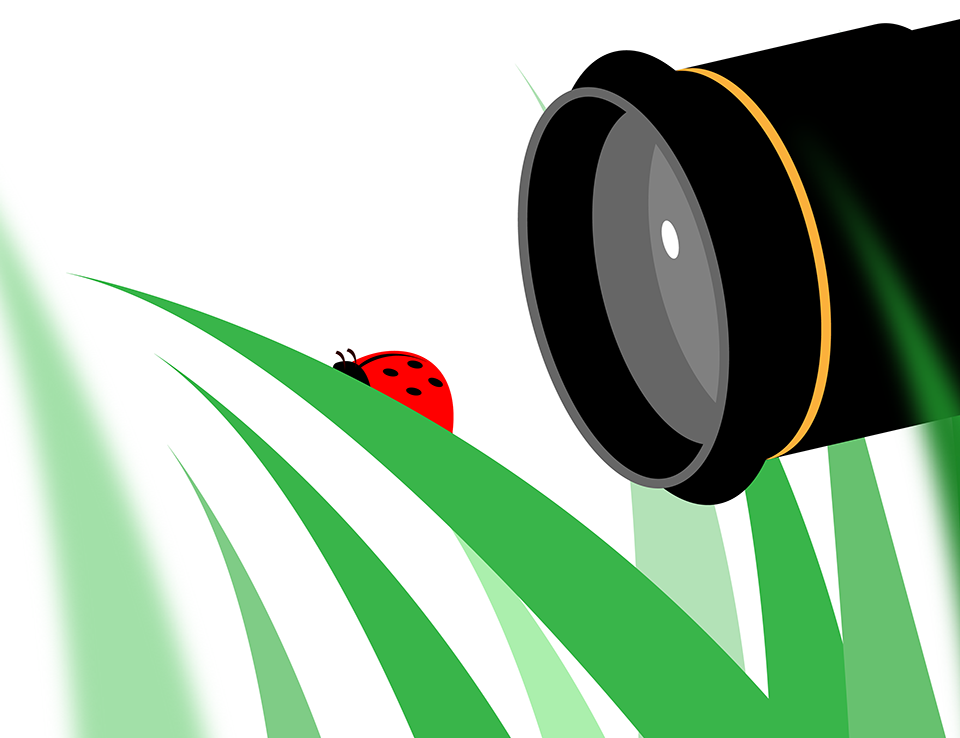
Although macro photography is very accessible – no exotic destinations or expensive gear required – it is often tricky to choose the best camera settings for macro work. If you want sharp, well-exposed photos, you’ll have to push your camera system to its limits. Luckily, this guide covers everything you need to know about camera settings for macro photography, including camera mode, aperture, flash, shutter speed, ISO, and focusing, plus two detailed checklists at the end.
I also just published a video explaining the same topic, so if you want to learn about these settings while watching bees take off in slow motion, check it out below:
https://www.youtube.com/watch?v=eHmgipWPYSM
أفضل إعدادات الكاميرا للتصوير الماكرو
على الرغم من أن التصوير الفوتوغرافي الماكرو يمكن الوصول إليه بسهولة - فلا حاجة إلى وجهات غريبة أو معدات باهظة الثمن - إلا أنه غالبًا ما يكون من الصعب اختيار أفضل إعدادات الكاميرا للعمل الماكرو. إذا كنت تريد صورًا واضحة وجيدة التعرض للضوء، فسيتعين عليك دفع نظام الكاميرا الخاص بك إلى أقصى حدوده. لحسن الحظ، يغطي هذا الدليل كل ما تحتاج لمعرفته حول إعدادات الكاميرا للتصوير الفوتوغرافي الماكرو، بما في ذلك وضع الكاميرا، وفتحة العدسة، والفلاش، وسرعة الغالق، وISO، والتركيز، بالإضافة إلى قائمتين تفصيليتين في النهاية.
لقد نشرت للتو أيضًا مقطع فيديو يشرح نفس الموضوع، لذا إذا كنت تريد التعرف على هذه الإعدادات أثناء مشاهدة النحل وهو يقلع بالحركة البطيئة، فراجعه أدناه:
(نعتذر لعدم توفر الفديو باللغة العربية)
https://www.youtube.com/watch?v=eHmgipWPYSM

Although macro photography is very accessible – no exotic destinations or expensive gear required – it is often tricky to choose the best camera settings for macro work. If you want sharp, well-exposed photos, you’ll have to push your camera system to its limits. Luckily, this guide covers everything you need to know about camera settings for macro photography, including camera mode, aperture, flash, shutter speed, ISO, and focusing, plus two detailed checklists at the end.
I also just published a video explaining the same topic, so if you want to learn about these settings while watching bees take off in slow motion, check it out below:
https://www.youtube.com/watch?v=eHmgipWPYSM
أفضل إعدادات الكاميرا للتصوير الماكرو
على الرغم من أن التصوير الفوتوغرافي الماكرو يمكن الوصول إليه بسهولة - فلا حاجة إلى وجهات غريبة أو معدات باهظة الثمن - إلا أنه غالبًا ما يكون من الصعب اختيار أفضل إعدادات الكاميرا للعمل الماكرو. إذا كنت تريد صورًا واضحة وجيدة التعرض للضوء، فسيتعين عليك دفع نظام الكاميرا الخاص بك إلى أقصى حدوده. لحسن الحظ، يغطي هذا الدليل كل ما تحتاج لمعرفته حول إعدادات الكاميرا للتصوير الفوتوغرافي الماكرو، بما في ذلك وضع الكاميرا، وفتحة العدسة، والفلاش، وسرعة الغالق، وISO، والتركيز، بالإضافة إلى قائمتين تفصيليتين في النهاية.
لقد نشرت للتو أيضًا مقطع فيديو يشرح نفس الموضوع، لذا إذا كنت تريد التعرف على هذه الإعدادات أثناء مشاهدة النحل وهو يقلع بالحركة البطيئة، فراجعه أدناه:
(نعتذر لعدم توفر الفديو باللغة العربية)
https://www.youtube.com/watch?v=eHmgipWPYSM

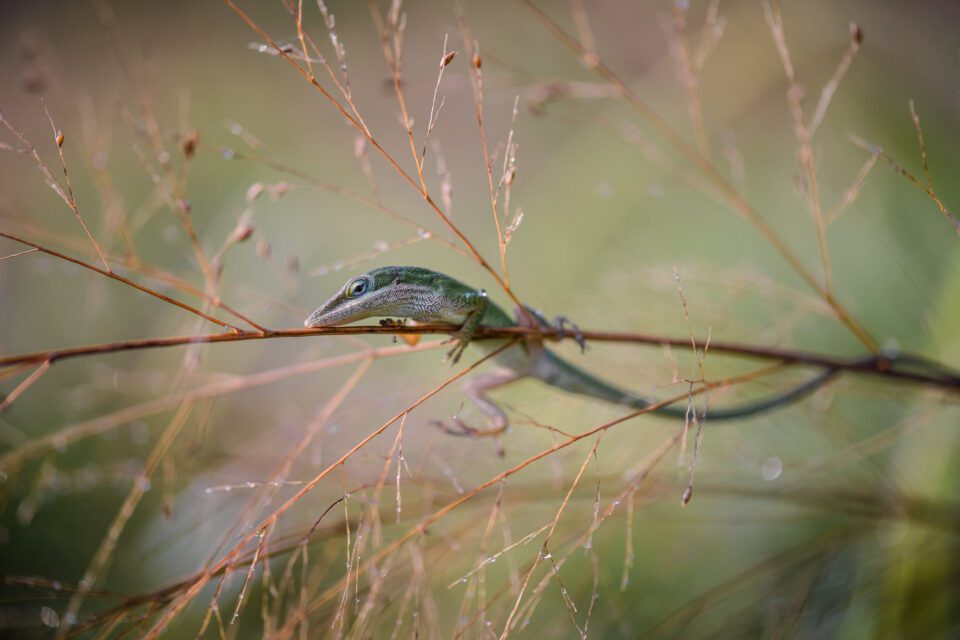
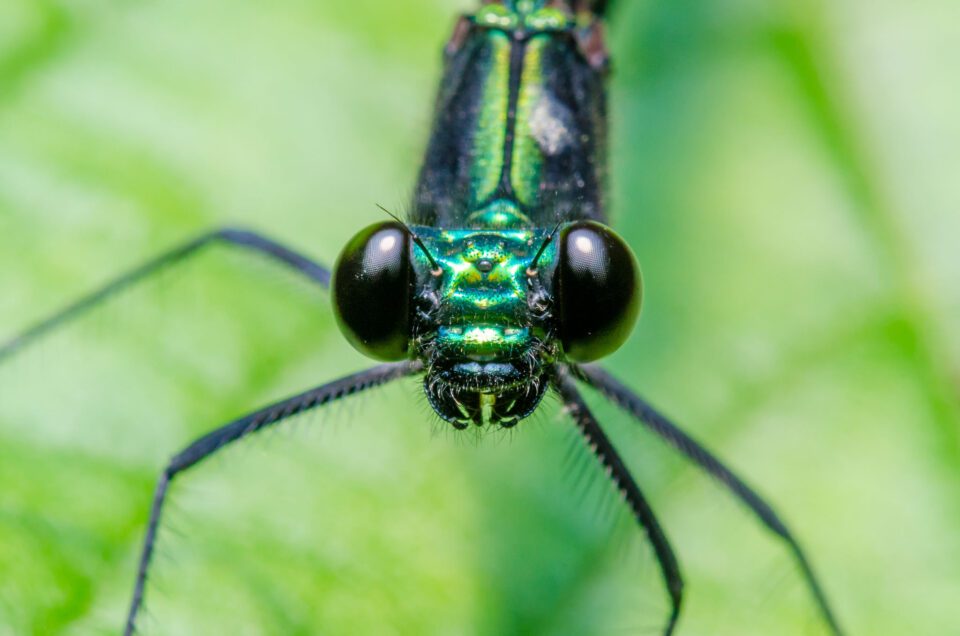
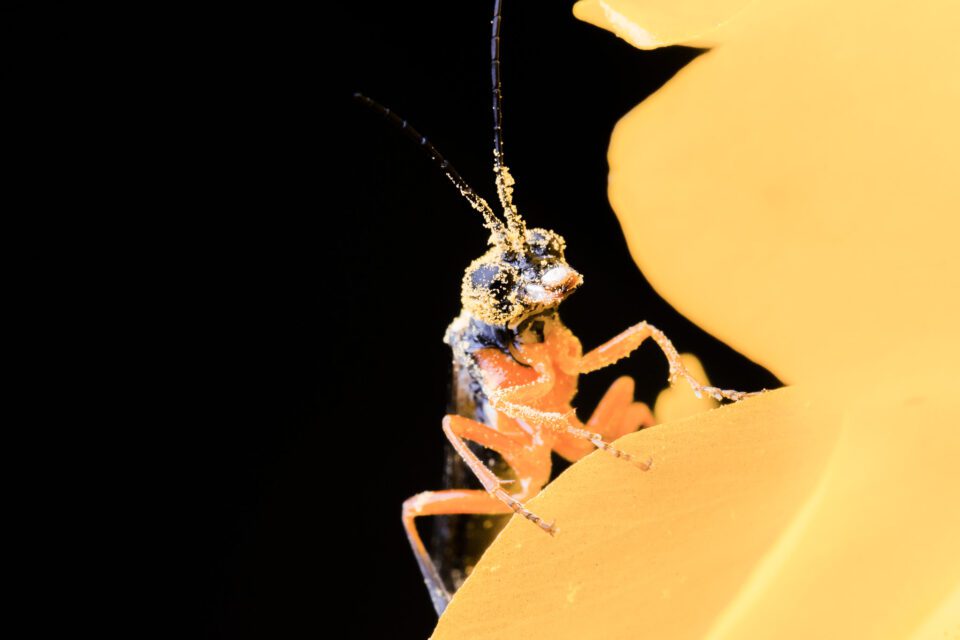
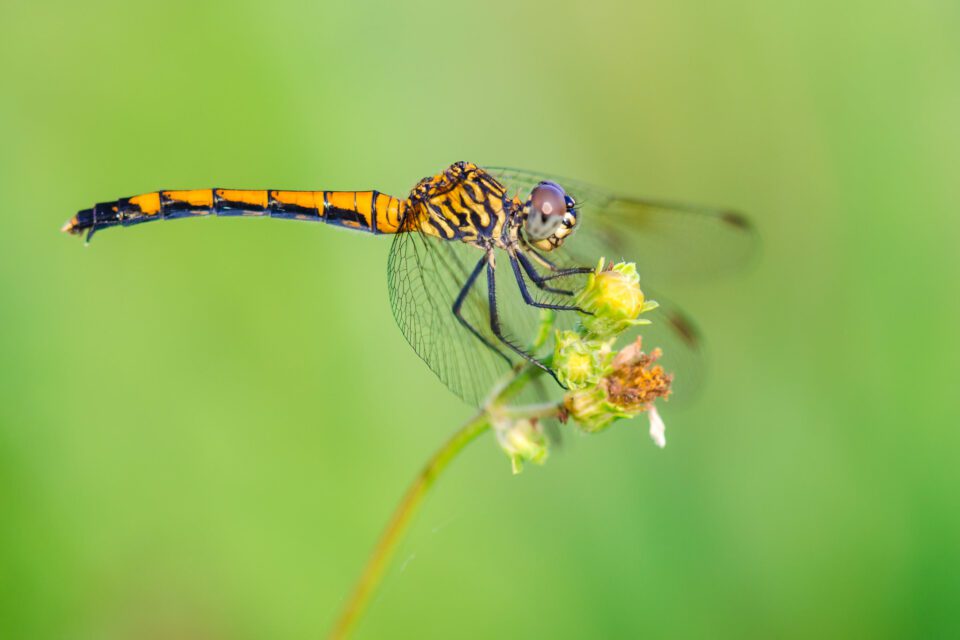
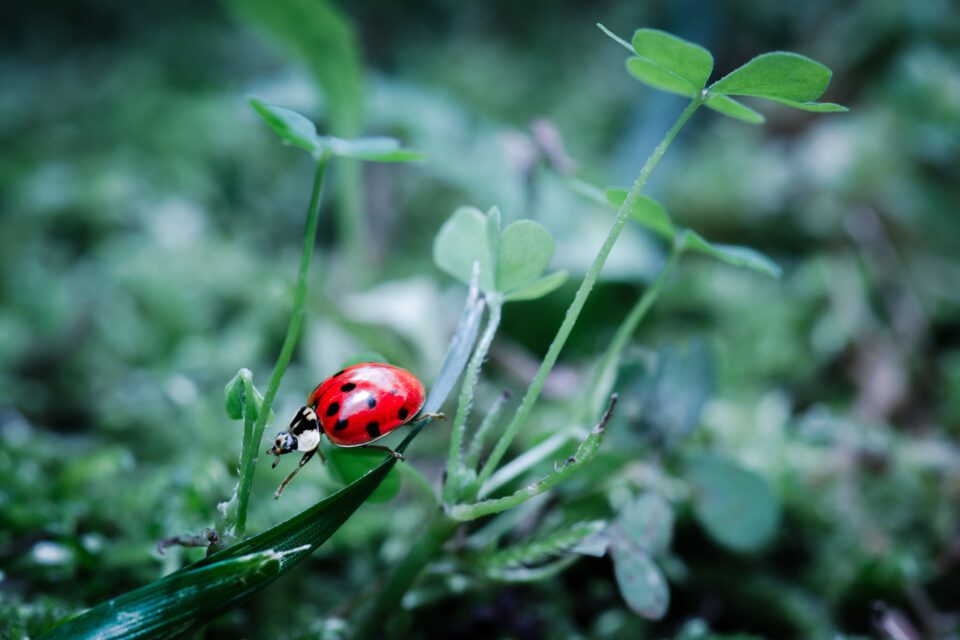
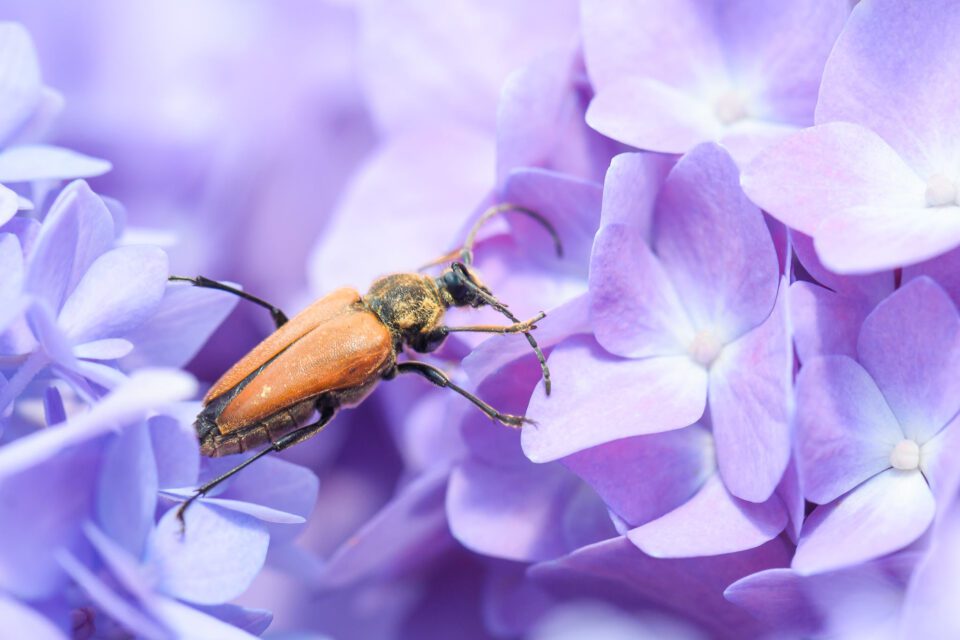
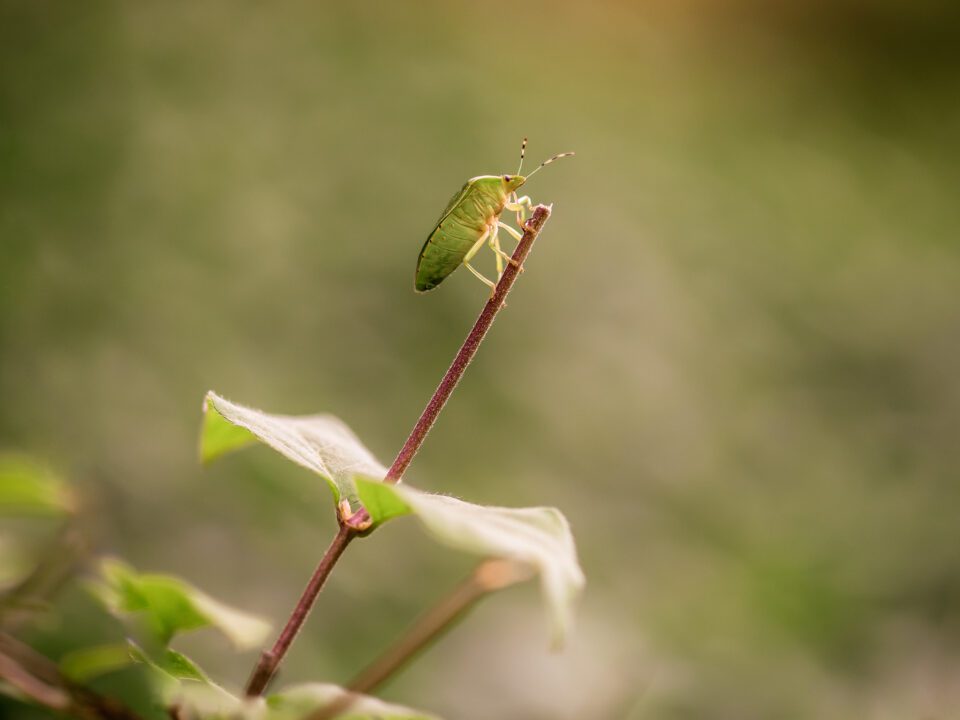
تعليق